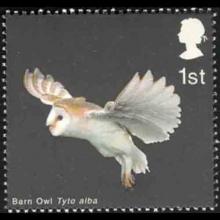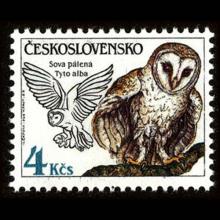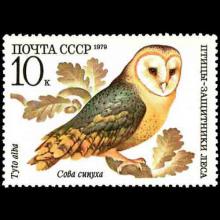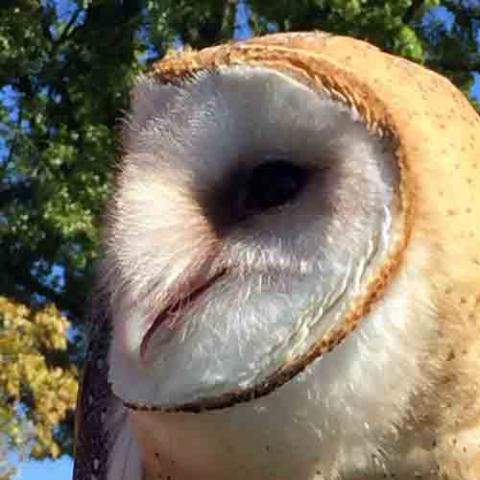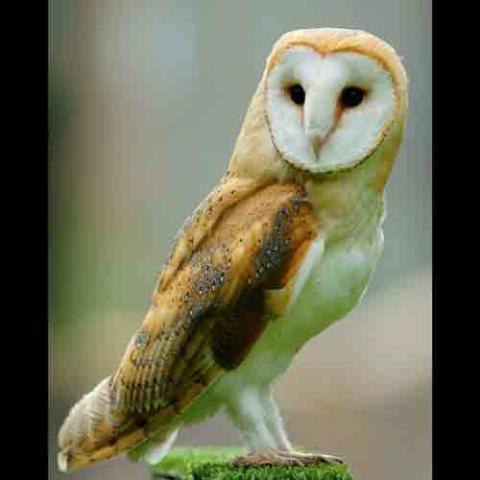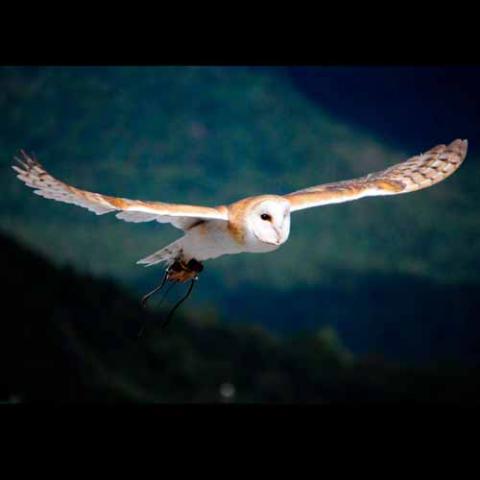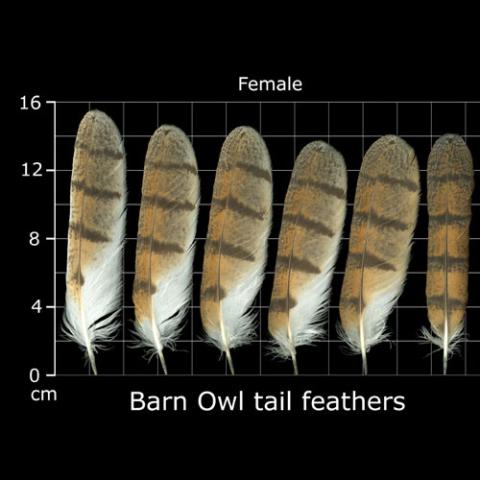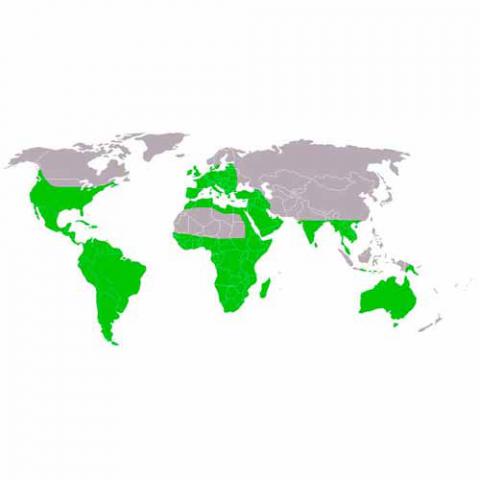NAMES
TAXONOMY
United Kingdom
Issued:
Stamp:
Tyto alba
Czechoslovakia
Issued:
Stamp:
Tyto alba
United Kingdom
Issued:
Stamp:
Tyto alba
Czechoslovakia
Issued:
Stamp:
Tyto alba
United Kingdom
Issued:
Stamp:
Tyto alba
Czechoslovakia
Issued:
Stamp:
Tyto alba
Birdwatch: a pair of barn owls make our midsummer's evening
Stephen Moss, July 7, 2020
We were searching for quail in the Polden Hills but this sight was an unexpected treat
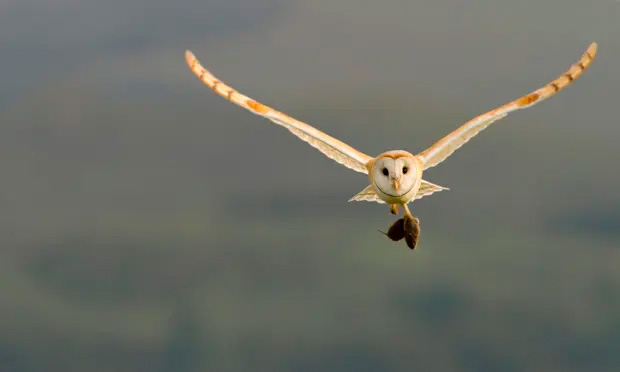
We came in search of quail – surely one of Britain’s most elusive birds – and, although we failed to see, or even hear our quarry, we did enjoy a midsummer’s evening to remember.
My companions and I had ventured south of the Polden Hills, that long, low ridge that passes for the highlands above the flatlands of the Somerset Levels. On the broad, open moor, we were serenaded by the chaotic trilling of countless sedge warblers, the ponderous notes of reed buntings, and the urgent chacking call of a male stonechat, carefully shepherding his brood of half a dozen newly fledged youngsters, like a proud dad collecting the kids from school.
But the highlight came from an unexpected quarter: not low, in the fields around us, but high above. A barn owl (Tyto alba), glowing white in the setting sun, passing straight over our heads. For the next half hour we watched not just one, but two barn owls – presumably a breeding pair – heading low over the fields to hunt, each then flying back to the nest site carrying a vole in its talons. In a summer when, for me at least, sightings of this charismatic hunter have been few and far between, it gladdened the heart to see them thriving.
Link (in a new tab) to recordings of: Tyto alba (Barn owl) at https://xeno-canto.org
Genus species (Animalia): Tyto alba
The barn owl (Tyto alba) is the most widely distributed species of owl and one of the most widespread of all birds. It is also referred to as the common barn owl, to distinguish it from other species in its family, Tytonidae, which forms one of the two main lineages of living owls, the other being the typical owls (Strigidae). The barn owl is found almost everywhere in the world except polar and desert regions, Asia north of the Himalayas, most of Indonesia, and some Pacific islands.
Phylogenetic evidence shows that there are at least three major lineages of barn owl, one in Europe, western Asia and Africa, one in southeast Asia and Australasia, and one in the Americas, and some highly divergent taxa on islands. Accordingly, some authorities split the group into the western barn owl for the group in Europe, western Asia and Africa, the American barn owl for the group in the Americas, and the eastern barn owl for the group in southeast Asia and Australasia. Some taxonomic authorities further split the group, recognizing up to five species, and further research needs to be done to clarify the position. There is a considerable variation between the sizes and color of the approximately 28 subspecies but most are between 33 and 39 cm (13 and 15 in) in length with wingspans ranging from 80 to 95 cm (31 to 37 in). The plumage on head and back is a mottled shade of grey or brown, the underparts vary from white to brown and are sometimes speckled with dark markings. The face is characteristically heart-shaped and is white in most subspecies. This owl does not hoot, but utters an eerie, drawn-out shriek.
The barn owl is nocturnal over most of its range, but in Britain and some Pacific islands, it also hunts by day. Barn owls specialize in hunting animals on the ground and nearly all of their food consists of small mammals which they locate by sound, their hearing being very acute. They mate for life unless one of the pair gets killed, when a new pair bond may be formed. Breeding takes place at varying times of year according to locality, with a clutch, averaging about four eggs, being laid in a nest in a hollow tree, old building or fissure in a cliff. The female does all the incubation, and she and the young chicks are reliant on the male for food. When large numbers of small prey are readily available, barn owl populations can expand rapidly, and globally the bird is considered to be of least conservation concern. Some subspecies with restricted ranges are more threatened.
Reference: Wikipedia, U.S. Fish and Wildlife Service

